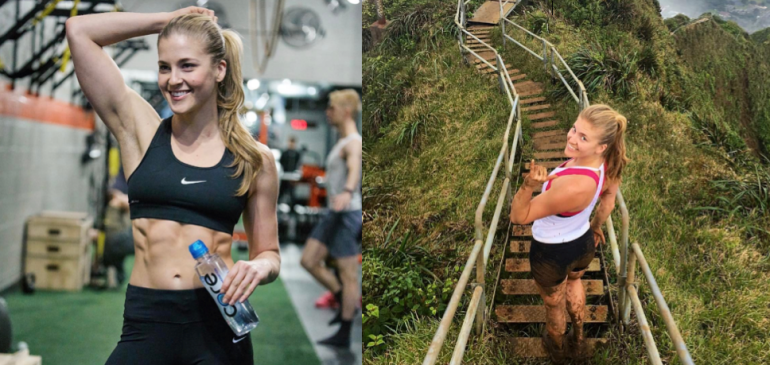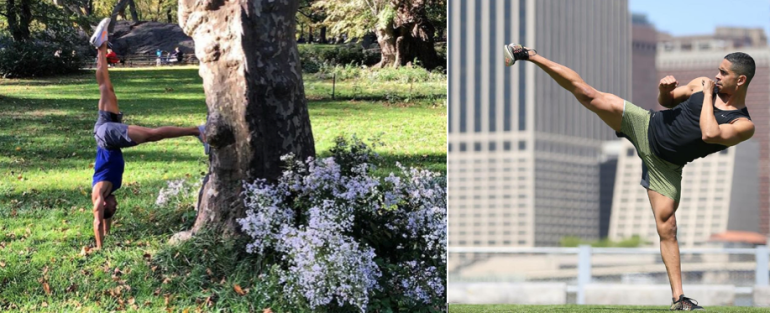 |
| Image: GETTY IMAGES |
Of course, you could hop on the ol' StairMaster and start stepping away for a long and boring half-hour slog. Or you could crank things up a notch and fire up your fat-burners with a high-intensity interval workout that's over in less than 20 fly-right-by minutes.
Tight on time? This 5-minute butt workout will help you squeeze in some exercise:
Step to it!
THE PRE-ACTIVATION
Before jumping on the machine, find an area to complete these two moves (should take about two or three minutes):
1. Knee Ups: Standing with your feet hip-width apart, bring your knee as close to your chest as possible. Hug and hold your leg for 15 to 20 seconds, then switch sides. Repeat twice.
2. Glute Bridges: Lying on your back, bend your knees so that your feet are firmly planted on the floor, hands by your side. Slowly raise your butt, pushing through your heels, and squeeze your glutes before you release slowly back to floor. That's one rep; do three sets of 10 reps.
THE WORKOUT
0:00-3:00: Warm up at a slow speed, around 3 to 5. Your intensity shouldn't be higher than a 4 or 5 out of 10.
3:00-4:00: Increase speed to 7 or 8. Your intensity should be close to a 7 out of 10—you can talk, but holding a conversation is slightly difficult.
4:00-4:30: Decrease speed to 3 or 4.
4:30-5:00: Set speed to 3, and start skipping a step to mimic a lunge movement.
5:00-6:00: Increase speed to 8 or 9.
6:00-6:30: Decrease speed to 4 or 5.
6:30-7:00: Set speed to 3, and start skipping a step to mimic a lunge movement again.
7:00-8:00: Decrease speed to 1.
8:00-9:00: Increase speed to 7 or 8.
9:00-9:30: Decrease speed to 3 or 4.
9:30-10:00: Set speed to 3, and start skipping a step to mimic a lunge movement.
10:00-10:30: Increase speed to 8 or 9.
10:30-11:00: Decrease speed to 4 or 5.
11:00-11:30: Set speed to 3, and start skipping a step to mimic a lunge movement.
11:30-12:30: Decrease speed to 1 or 2 to cool down.
THE FINISHER
12:30-13:00: Increase speed to 8 or 9.
13:00-13:30: Increase speed to 9 or 10. Talking should be difficult now.
13:30-14:00: Decrease speed to 2.
14:00-14:30: Increase speed to 8 or 9.
14:30-15:00: Increase speed to 9 or 10.
15:00-15:30: Decrease speed to 2.
15:30-16:00: Increase speed to 11 or 12. Your breathing should be labored!
16:00-16:30: Decrease speed (slightly) to 10 or 11.
16:30-18:00: Decrease speed between 2 and 4 to cool down and recover.
SOURCE: Womenshealthmag












































